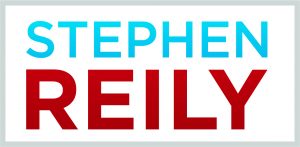3 million images to honor Barry Bingham Jr. and the Courier-Journal

My father-in-law, Barry Bingham Jr., was a visual person. One of his first jobs was making documentaries at CBS; he always had a camera with him, made and edited videos for us, and printed large-scale photographs until his last year; and when he moved back to Louisville in the 1960s he considered himself lucky to be part of the management team at WHAS. He became a newspaper publisher only after the tragic death of his brother Worth, and among the gifts he brought to the Courier-Journal and Times was passionate support for its large crew of talented photojournalists. And among the many awards won during Barry’s time as Publisher was the 1976 Pulitzer Prize for Feature Photography (covering busing in Louisville) and a 1980 Pulitzer for international coverage that included photography (this Kentucky newspaper sent a reporter and photographer to Cambodia!).
Barry left the Courier when it was sold in 1986 so it wasn’t until after he died that I realized something else: the people who worked for him, including the photojournalists whose work he championed, adored him. He was always ready to fight for them, and they knew it; he loved them, and they returned it.
These two threads come together beautifully today with the naming of the Barry Bingham Jr. Courier-Journal Photography Collection at the University of Louisville Photographic Archives.
For almost a decade my wife, Emily, has told UofL that she would endow the preservation of the Courier’s photographic archive in Barry’s memory if the newspaper would release it. Finally that day has come, and now more than 3 million prints and negatives will now be carefully preserved, without risk of theft or damage, and made accessible to the public forever. Thank you to the librarians and archivists at UofL who made this all possible! Now the world can enjoy the work that Barry (and his brother and his father) supported, and the talent of hundreds of photographers who built long careers reflecting all of Kentucky (and sometimes the world) back to itself. Emily, our sister Molly, other family members, and others who loved Barry are supporting this great legacy for a photographer who loved photographers, a journalist who loved journalists, a Kentuckian who loved Kentucky, and a father and father-in-law who gave us his love, too. We miss him.





 The Courier-Journal reported today that
The Courier-Journal reported today that